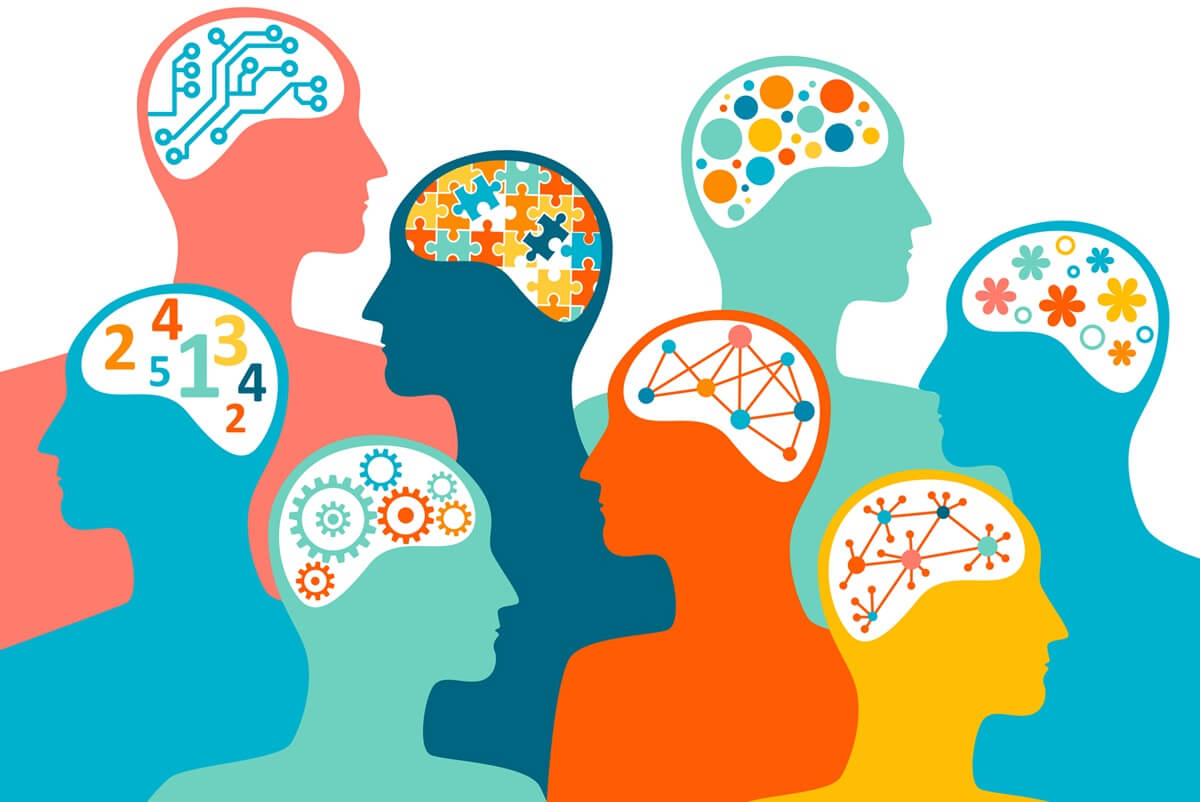What’s your deepest nature?
The Practice:
Be home.
Why?
Throughout history, people have wondered about human nature. Deep down, are we basically good or bad?
When the body is not disturbed by hunger, thirst, pain, or illness, and when the mind is not disturbed by threat, frustration, or rejection, then most people settle into their resting state. This is a sustainable equilibrium in which the body refuels and repairs itself and the mind feels peaceful, happy, and loving. I call this the Responsive mode. In a sense, this is our “home base,” our fundamental nature as human beings. (Obviously, I am not talking about the physical location where a person lives.) We are still engaged with the world, still participating with pleasure and passion, but on the basis of a background sense of safety, sufficiency, and connection.
But when body or mind are disturbed – perhaps by overwork and fatigue, or by the cough of a nearby lion a million years ago or a frown across a dinner table today – Mother Nature has endowed us with hair-trigger mechanisms that drive us from our resting state. Fight-flight-freeze systems in the body get activated, and related experiences of fear and anger, disappointment and drivenness, and loneliness, shame, and spite occur in the mind.
When we experience chronic stress (even if it’s mild), this state of affairs – in which the body gets worn down and depleted, and the mind gets frazzled, pressured, prickly, worried, and blue – becomes the new normal. It’s a kind of ongoing “inner homelessness.” I call it the Reactive mode, a disturbance of physical and psychological equilibrium that helped our ancestors survive to see the sunrise. But today, it undermines well-being, wears down long-term health, and can shorten the lifespan.
These two modes of living, Responsive and Reactive, are the foundation of human nature. We have no choice about the core need they attempt to meet – safety, satisfaction, and connection – nor about the brain’s capacity to be in either mode.
Our only choice is which mode we’re in.
Happily, the Responsive mode is the resting state, the default, of body and mind. It’s what we return to when we’re not rattled. In the language of systems theory, the Responsive mode is the most fundamental “strange attractor” in the dynamic processes of your brain. Therefore, this mode is your underlying nature – not the Reactive one. You don’t have to scratch and claw your way to the mountaintop; if whatever is disturbing you comes to an end, you’ll soon come home to the lovely sunny meadow that has always been here – even if was hidden by the fogs and shadows of a troubled body or mind. Our deepest nature is peace not hatred, happiness not greed, love not resentment or shame, and wisdom not confusion.
As soon as you have a sense of this natural home base . . . you are home! Because body and mind are inclined toward the Responsive mode, any sense of ease in the body or feeling of calm, contentment, or caring in the mind will start activating related Responsive “circuits” in your brain.
Your body and mind want to come home: that’s where energy is conserved for the marathon of life, where learning is consolidated, where resources are built rather than expended, and where pains and traumas are healed.
Your whole being is always leaning toward home. Can you let yourself tip forward into your deepest nature?
How?
Let it sink in that your human nature is to be peaceful, happy, loving, and wise.
Be at home in your body. Take a breath and exhale slowly, abiding as a body relaxing. Get a sense of being in this body, inhabiting it.
Nothing needs to be a particular way for you to be at home in it. For example, whether it is tall or short, heavy or light, young or old – you can find an immediacy, presence, and familiarity with this body as it is that feels like coming home.
Be at home in your senses. Be aware of sounds coming and going, known without effort. Pick a touch or taste, and allow yourself for some seconds to be at home in it.
Be at home in actions. In the simple reaching for a cup, be present in it. Keep noticing the workingness of an action, that it is being successful and thus safe to give yourself wholly over to it.
Be at home here, wherever you are. Take some seconds to become familiar with it. Let go into truly being in this setting, this location.
Be at home in this moment, right now. Be present with whatever is happening. Let there be a sense of arriving. Again and again.
Be at home in life, being the ripe fruit of three and a half billion years of evolution, cousin to every other living thing – even sharing about a fifth of our DNA with that of a banana!
Be at home in this universe. We are here in this Milky Way galaxy distinct from several hundred billion other ones, now nearly 14 billion years after the universe began, built from stardust, cousin as well to every physical thing, awash in the sea of quantum foam that is our common nature.
If it is meaningful for you, be at home in your personal sense of Whatever may transcend the material universe. Perhaps an intuition of that which is unconditioned always just prior to conditioned phenomena, a perception of a kind of light shining through the stained glass of our lives, a knowing of a presence, a love, a consciousness beyond our own.
For most of our time on this planet, people usually spent their lives within a few hundred miles of where they were born, doing much the same thing each day with the same people in their band or village, embedded in a culture that changed little from century to century. These external factors provided a stable sense of home – but they are largely tattered, even shattered today. Be confident and happy that your growing internal sense of home is your anchor and refuge amidst the jostling currents in the stream of economic and social changes we live in these days.
Know what it feels like to be at home. Knowing the sense of home is like leaving a trail of breadcrumbs that will help you come home again.
It’s good to be home.
We share this article with permission. This article originally appeared on Dr. Rick Hanson’s blog.











